MEMORY LANE: When two became one - council merger sparks Buxton power struggle
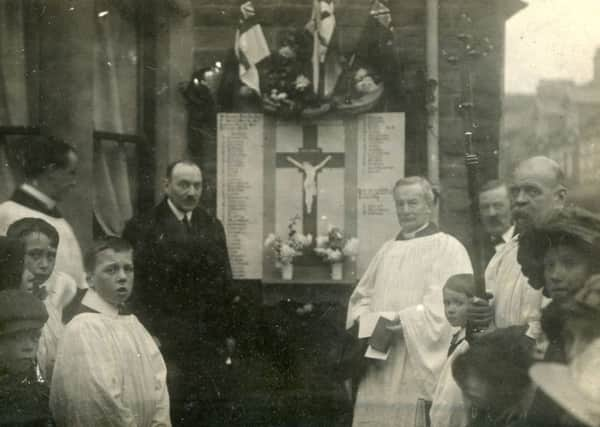

The centenary of the incorporation of the Borough of Buxton is fast approaching, but how many residents realise that as recently as 1916 the town was divided and run by two separate councils.
The Buxton Urban District Council governed west of the river Wye and Fairfield UDC to the east.
Advertisement
Hide AdAdvertisement
Hide AdThe old Fairfield Town Hall can still be seen serving as the home of Fairfield Band.
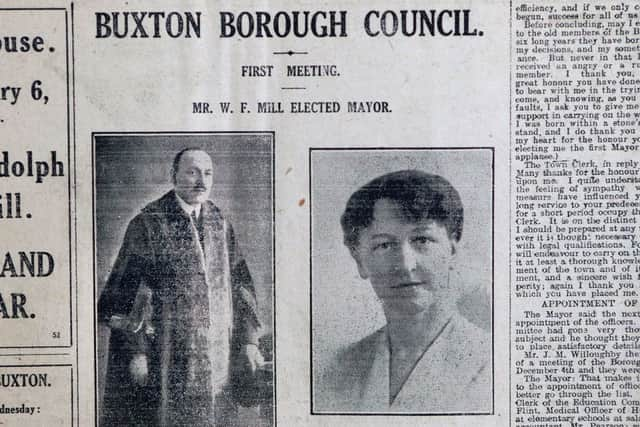

At the time authorities were far more powerful, running water, electricity and gas supplies, police and fire services and having a host of powers which have since been lost to regional and national government.
It seems absurd now but not only were different sides of some streets under the different councils but those running matters were not always inclined to cooperate.
For example at the height of the Great War Fairfield caused offence by refusing to lend their steam roller to Buxton – at the time Buxton was processing all Fairfield’s rubbish and sewerage for a nominal £50 a year.
Advertisement
Hide AdIt was all part of a desperate struggle by the smaller authority to retain its independence. A fight they continued for many years.
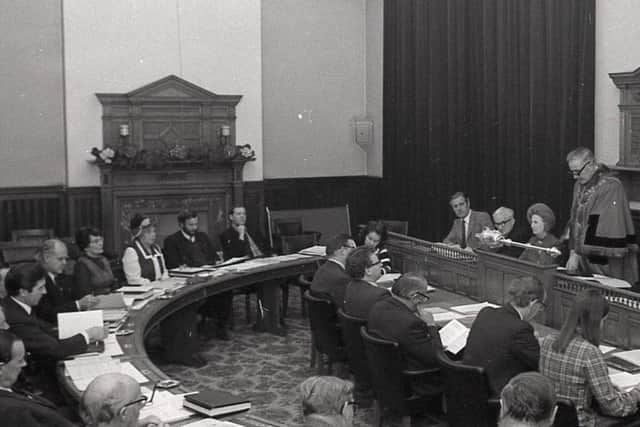

Advertisement
Hide AdFairfield was a rural parish made up mostly of farms and in the 1890s the built-up area only extended to a handful of streets around Fairfield Road and Waterswallows.
It did however control a lot of the land which was needed for the future expansion of Buxton’s industry and housing. In fact it was already enjoying a building boom in the years before the councils merged.
In contrast Buxton found itself a prosperous but small town with a need to grow and increase its population.
Advertisement
Hide AdAbsorbing Fairfield became the major priority for the Edwardian civic leaders.
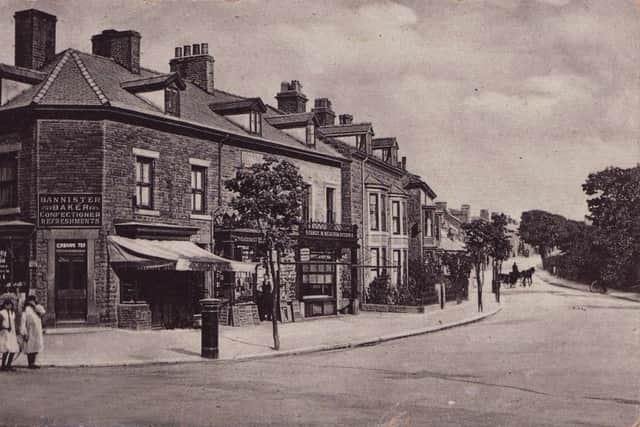

Buxtonians demanded a high level of public services and all the modern developments like electric light, but as there were relatively few residents it resulted in a high level of local tax – the rates.
Advertisement
Hide AdIn contrast Fairfield residents paid lower rates as their council didn’t provide the same services.
Not surprisingly the farmers of rural Fairfield saw nothing to recommend the scheme and did everything possible to prevent and delay it.
Advertisement
Hide AdBy 1916 the editor of the Buxton Herald was complaining at how long the saga had been going on and called for the issue to be dropped.
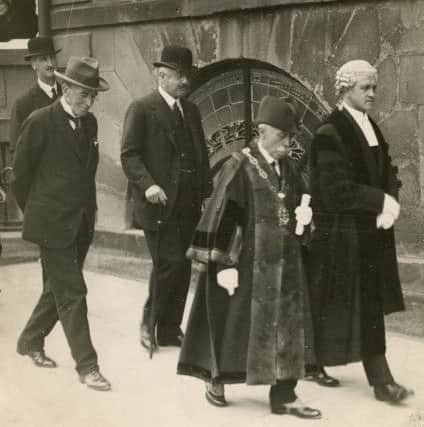

He was bitter in his condemnation of the foolish and vexatious objections from Fairfield residents which had delayed matters for so many years.
But within a few months the issue would be finally settled, Fairfield council met for the last time in December 1916.
Advertisement
Hide AdIn paying tribute to what it had achieved, Dr Sawdon told the meeting that the time had come to bury the hatchet and work hand in hand with their colleagues from Buxton.
Advertisement
Hide AdThe first meeting of the newly-incorporated Borough of Buxton was on New Year’s Day 1917.
The plan to install the Duke of Devonshire as mayor was scuppered when he was made Governor General of Canada!
W F Mill was elected the first mayor and he called on all involved to pursue unity and progress: “I was born within a stones throw of here and I thank you from the bottom of my heart for the honour you have done me.”
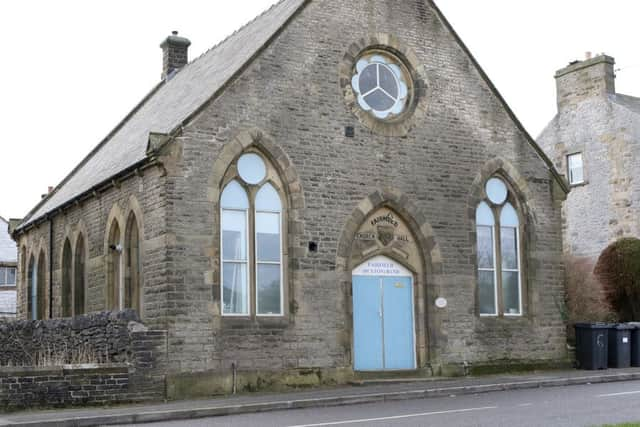

His first public duty was the unveiling later that week of the Bennett Street shrine to those serving in the war.
Advertisement
Hide AdAdvertisement
Hide AdThe following Sunday the first mayoral church service was filmed by the Pathe newsreel cameras.
An interesting postscript, and marked contrast with modern times, is that when the new authority took over education from the county council it had to pay them compensation as the county had been making a profit on the district’s schools – spending far less than the amount raised in the corresponding rates.
READ MORE FROM MEMORY LANE